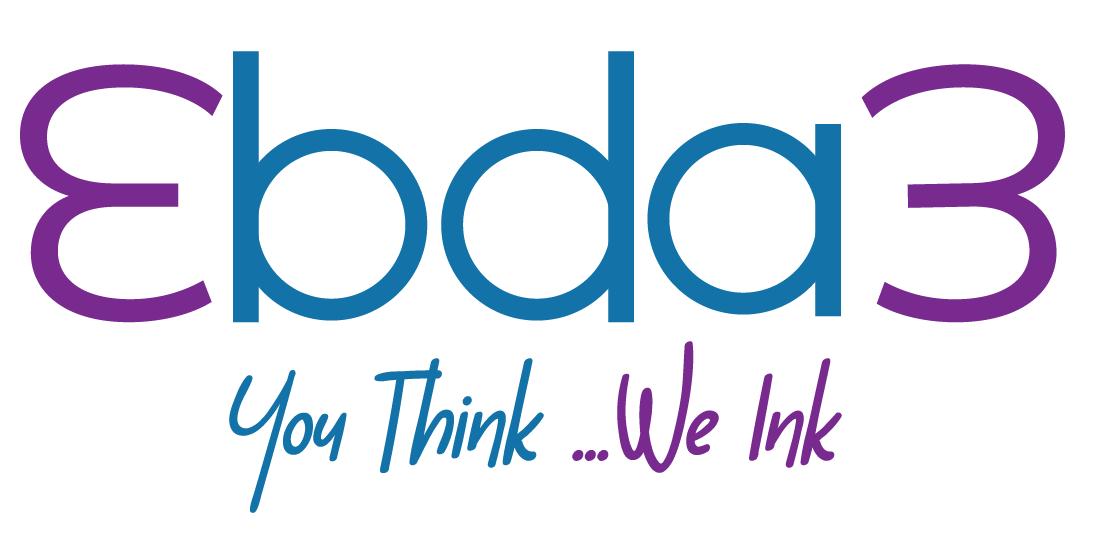Navigating the Future of Digital Marketing: Challenges and Strategies

In the ever-evolving landscape of digital marketing, staying ahead of the curve is essential for success. However, with emerging trends and shifting consumer behaviors, navigating the future of digital marketing comes with its own set of challenges. Here are some key insights into potential obstacles and strategies to overcome them:
Problem 1: Consumers’ Ad Fatigue
Issue: In today’s digital age, consumers are bombarded with ads, leading to ad fatigue and increased use of ad blockers.
Strategy: Shift focus towards creating engaging and entertaining ads that resonate positively with consumers. Embrace humor, authenticity, and credibility to capture audience attention and foster enjoyment rather than annoyance.
Problem 2: Inconsistent Brand Values
Issue: With the constant flux of societal changes, maintaining consistent brand values becomes challenging, risking confusion and loss of consumer trust.
Strategy: Define your brand’s core values and messaging, ensuring they remain consistent despite external influences. Understand your audience’s preferences and engage in meaningful conversations while maintaining authenticity and alignment with your brand identity.
Problem 3: Data Overload
Issue: The abundance of consumer data poses a challenge in identifying relevant insights amidst the clutter, leading to inefficiencies in decision-making.
Strategy: Focus on collecting and analyzing actionable data that provides valuable insights into consumer behavior and preferences. Prioritize internal data sources and utilize surveys to gather targeted information while avoiding information overload.
Problem 4: Growing Privacy Concerns
Issue: Tighter data protection laws and increased consumer privacy concerns restrict access to commercial data, impacting personalized advertising efforts.
Strategy: Embrace data privacy regulations and prioritize consumer trust and transparency. Focus on customization that enhances consumer experiences without compromising privacy, and stay informed about evolving privacy policies to ensure compliance.
Problem 5: Platform Overload
Issue: The proliferation of social media platforms presents marketers with the challenge of selecting the most effective channels for their brand.
Strategy: Identify platforms that align with your brand’s objectives and target audience demographics. Prioritize quality over quantity, focusing on platforms that offer the highest engagement potential for your specific brand and industry.
In Conclusion
As digital marketing continues to evolve, embracing change and adopting proactive strategies are essential for success. By addressing challenges such as ad fatigue, inconsistent brand values, data overload, privacy concerns, and platform selection, marketers can navigate the future of digital marketing with confidence, resilience, and effectiveness





